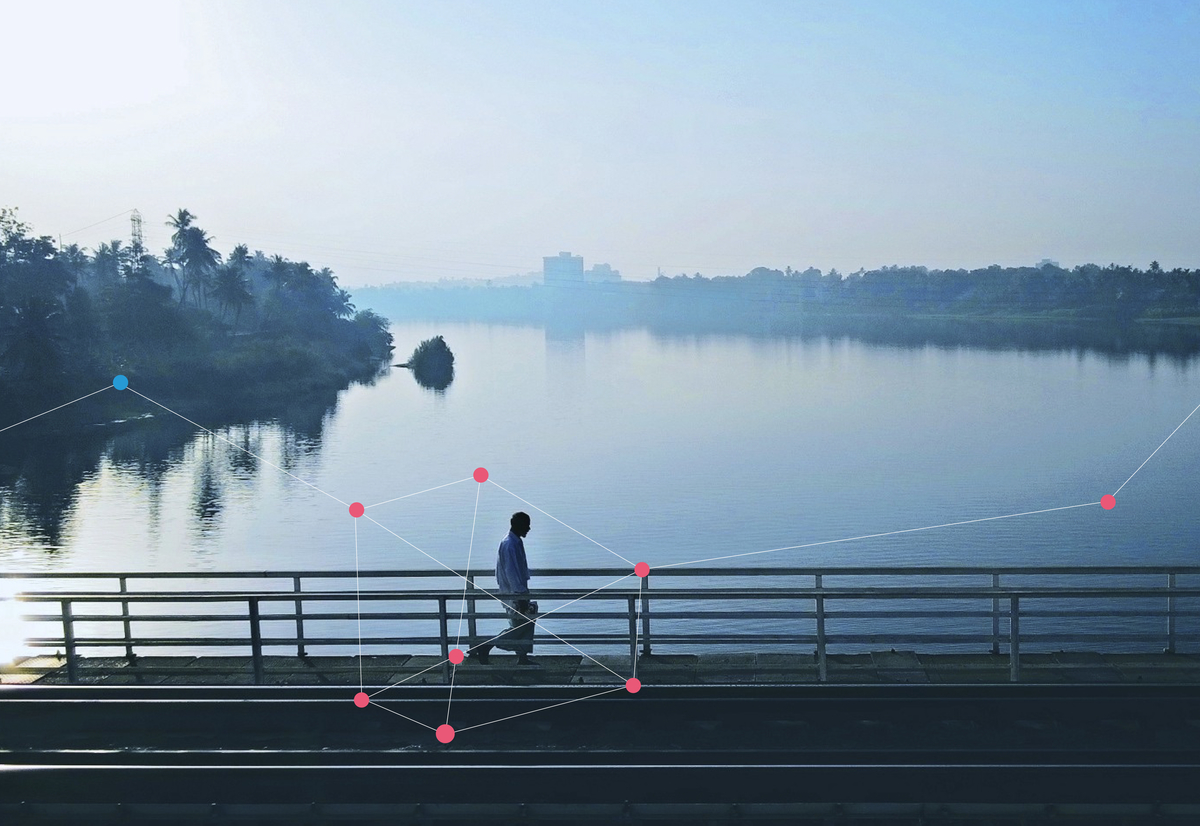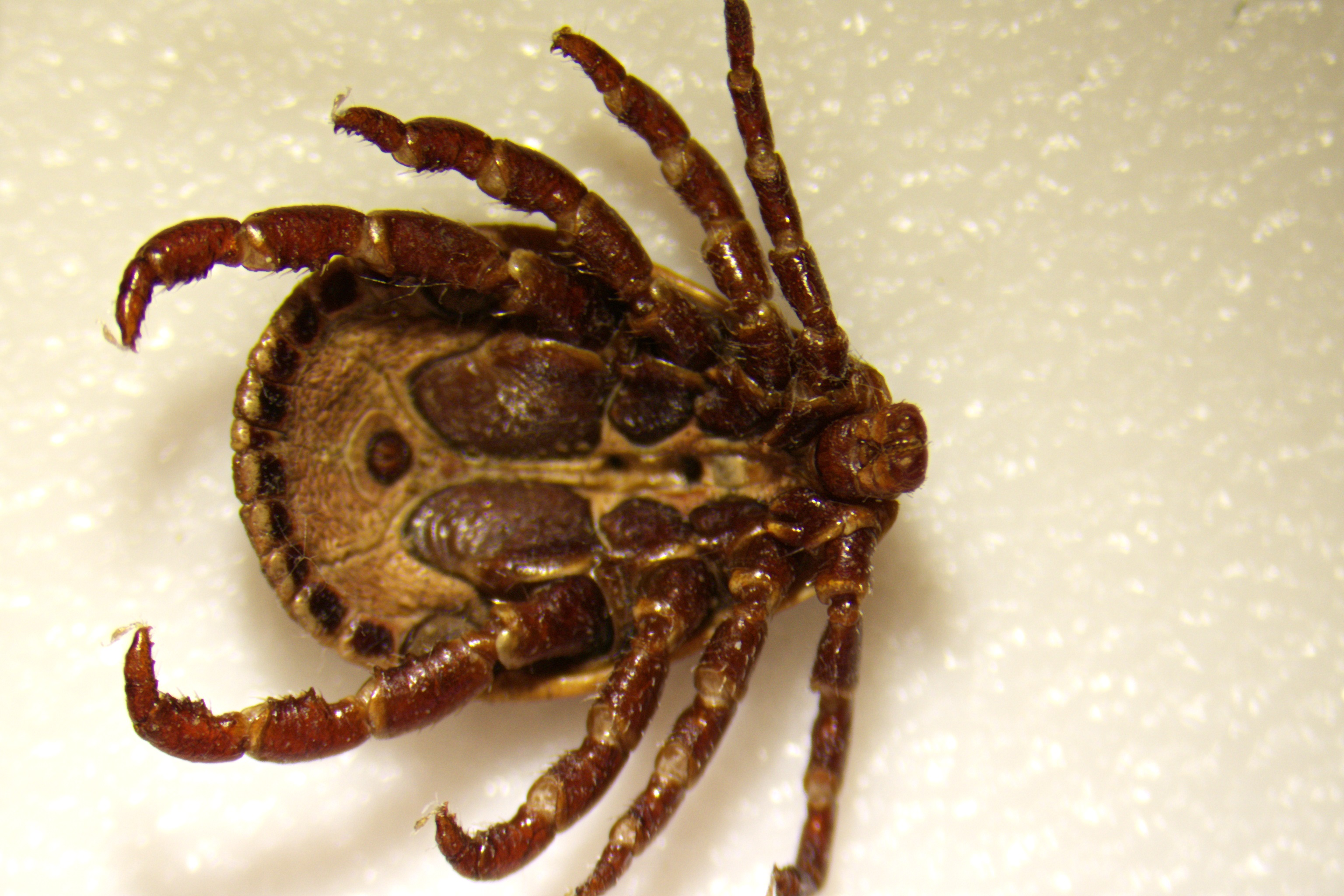The Lancet Countdown in Europe’s second indicator report was launched on 13 May 2024. This report is the result of a research collaboration to monitor health and climate change in the region, following the Lancet Countdown global countdown approach. The Lancet Countdown was created in 2015 aiming to ensure that health is at the centre of how governments understand and respond to climate change. Its work ranges from ensuring policymakers have access to high-quality evidence-based guidance, through to providing the health profession with the tools they need to improve public health. In response to demand from policy makers, several Lancet Countdown regional centres have emerged, for example, in Asia, Oceania, and South and Central America. The Lancet Countdown in Europe was established in 2021 as a research collaboration dedicated to monitoring health and climate change in the European region.
We had the pleasure of interviewing two key figures behind the report, Rachel Lowe and Kim van Daalen. Rachel is an ICREA Research Professor, Global Health Resilience Group Leader at the Barcelona Supercomputing Center (BSC), co-coordinator of IDAlert, and Director of Lancet Countdown in Europe. Kim van Daalen is a postdoctoral scientist in the Global Health Resilience group at the BSC and a researcher in IDAlert. Kim is the lead author of the Lancet Countdown in Europe indicator report. They share the highlights of the report and provide insight into the Lancet Countdown in Europe and its collaboration with IDAlert.
What are the main findings of the second indicator Lancet Countdown Europe report?
[Kim van Daalen] This report, like previous ones, clearly shows that the impacts of climate change are already being seen and felt in Europe. It provides evidence of increasing climate-related health impacts, such as heat-related mortality, emerging infectious diseases, and food and water insecurity. At the same time, it highlights the significant lack of action on mitigation and adaptation.

Rachel Lowe, ICREA Research Professor

Kim van Daalen, postdoctoral scientist
What are the most important new findings from this year’s report compared to previous years’ findings?
[Kim van Daalen] This year’s report, unlike last year’s, focuses more on the differences between European regions and population groups. For example, southern Europe is more affected by heat-related illnesses, wildfires, food insecurity, and diseases, while northern Europe faces more issues with Vibrio and tick-borne disease risk. The report also highlights that certain population groups are more at risk for specific outcomes. For instance, heat-related mortality is twice as high in women compared to men, and food insecurity is more prevalent among women and in highly deprived areas.
However, despite the differences between population groups, there’s little engagement with equity, inequalities, or justice in discussions about climate change and health in politics, media, etc. This lack of engagement is evident across various indicators that assess climate and health engagement by government, media, and individuals through social media.
How are IDAlert and other projects from the climate health cluster related to the Lancet Countdown in Europe?
[Rachel Lowe] When The Lancet Countdown in Europe was launched, there was very little funding available to support the initiative. In response to a Horizon Europe call to fund research on health and climate change, a group of researchers who were involved in setting up the new collaboration began to prepare two proposals to support activities of the Lancet Countdown in Europe, including innovating methods behind existing Lancet Countdown indicators and methodologies to develop new indicators of importance to decision-makers in Europe. One group, comprising members with expertise in infectious diseases, developed the IDAlert proposal, which included the development of indicators tracking changes in extreme events, infectious diseases and adaptation initiatives. The other group focused on aspects related to non-communicable disease, mitigation, politics, and governance, developed the proposal for CATALYSE. Fortunately, both projects were funded, and have made substantial contributions to the Lancet Countdown in Europe. Additionally, CLIMOS has collaborated with IDAlert to co-develop the leishmaniasis indicator.


How does IDAlert specifically contribute to the Lancet Countdown Europe?
[Rachel Lowe] IDAlert contributes various indicators, particularly focusing on climate-sensitive infectious diseases like malaria, dengue, chikungunya, Zika, West Nile virus, leishmaniasis, tick-borne disease risk, and Vibrio. We’re also looking to explore other kinds of indicators related to rodent-borne, water-borne and food-borne diseases. Additionally, the IDAlert collaboration provides additional indicators relevant to human health including drought, food insecurity, labour supply, and impacts on economic activity.
The Global Lancet Countdown was established nine years ago. What was the context that drove its creation?
[Kim van Daalen] In 2009, an important publication identified climate change as the greatest public health threat of the 21st century. A few years later, another publication focused on the potential health benefits of climate action, labelling it the greatest global health opportunity. Both reports noted the lack of a way to measure the impacts of climate change on health and the benefits of climate actions. To address this need, the Lancet Countdown was launched in 2015 to monitor the impact of climate change on human health and the health benefits of climate change mitigation and adaptation.
Regarding the Lancet Countdown in Europe, how does it differentiate from the global Lancet Countdown?
How does the Lancet Countdown in Europe collaborate with other organisations and contribute to European climate and health initiatives?
[Kim van Daalen] The Lancet Countdown in Europe is an official partner of the European Climate and Health Observatory, a collaboration of EU agencies led by the European Commission and the European Environment Agency. Its goal is to provide adaptation information to member countries. The Lancet Countdown in Europe contributes by providing indicators to the platform. Currently, 11 indicators are available on the European Observatory, where users can view and download data specific to their country or a particular time period. The Lancet Countdown in Europe also contributes to several of its reports, like the last EEA report on climate, water and health. The Lancet Countdown in Europe also collaborates with partners such as the World Meteorological Organization on the European state of the climate services report or partners like the Association of Schools for Public Health in the European Region (ASPHER) and the Standing Committee of European Doctors (CPME) on developing policy priorities based on Lancet Countdown indicators.



